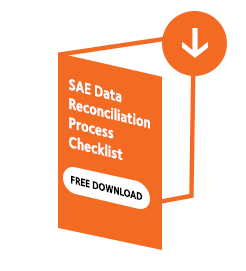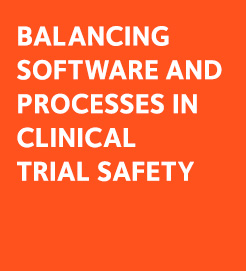Protecting patient safety during clinical trials is one of the pillars of clinical development and the main focus of Good Clinical Practices (GCP), a set of rules governing all clinical trials. Monitoring of a drug’s safety profile in order to protect participants from unwarranted risk, relies heavily on the collection, classification, coding and reporting of Adverse Events (AE) during the conduct of clinical trials. A robust adverse event reporting system is therefore paramount to the fulfilment of this obligation.
September 17 was World Patient Safety Day (WPSD). Created by the World Health Organization (WHO) in 2018, this day aims to raise awareness of the need for patient safety to be recognized as one of the main priorities in the delivery of healthcare globally. In the first place of this obligation are clinical trials conducted for the establishment of what is commonly called the “benefit / risk ratio” of a drug, device or procedure and the basis of any such determination is the adverse event reporting system.
An adverse event (AE) is defined as “any unfavorable or unintended sign, symptom, or disease temporarily associated with the use of a medicinal product, whether or not the event is related to the product itself”. Among all safety data collected in an adverse event reporting system, the most critical are those qualified as serious adverse events (SAE) which are those resulting in death, a threat to the patient’s life, inpatient hospitalization or prolongation of an existing hospitalization, a persistent or significant incapacity, or a congenital anomaly or birth defect. The determination must be done by the principal investigator and appropriate action taken as soon as possible.
In most adverse event reporting systems, safety information is captured in two parallel processes, one being integrated in the clinical data collection and cleaning (case report forms captured in the clinical database) and the other in an entirely independent process of safety monitoring and reporting to Health Authorities (safety database). In the safety database, SAEs are coded, classified and described separately from the clinical database and a subset of those events – the so called SUSARs (Suspected Unexpected Serious Adverse Drug Reaction) must be reported to health authorities and involved Ethics Committees / Investigational Review Boards within a very short timeframe. The accumulated knowledge of the benefit/risk ration does not stop at the registration of the new drug, device or procedure but will link to a continuous monitoring system of pharmacovigilance all along the life of the products on the market.
Making sure that information captured in the adverse event reporting system is consistent in these two repositories is a multi-facet challenge impacting data quality, operations performance and compliance. The usual process of comparison and correction is called AE reconciliation and involves several departments and competences. The process also calls for a robust system for extracting and comparing AE information from the two databases of the adverse event reporting system. Such system must allow for easy, quick, precise and compliant reconciliation operations all along the study conduct and thus actively participates in the protection of patients’ safety.
DOWNLOAD NOW THE FREE SAE RECONCILIATION HANDBOOK
The Manual / Reference Book with all the topics related to the Safety Data Reconciliation Management.







